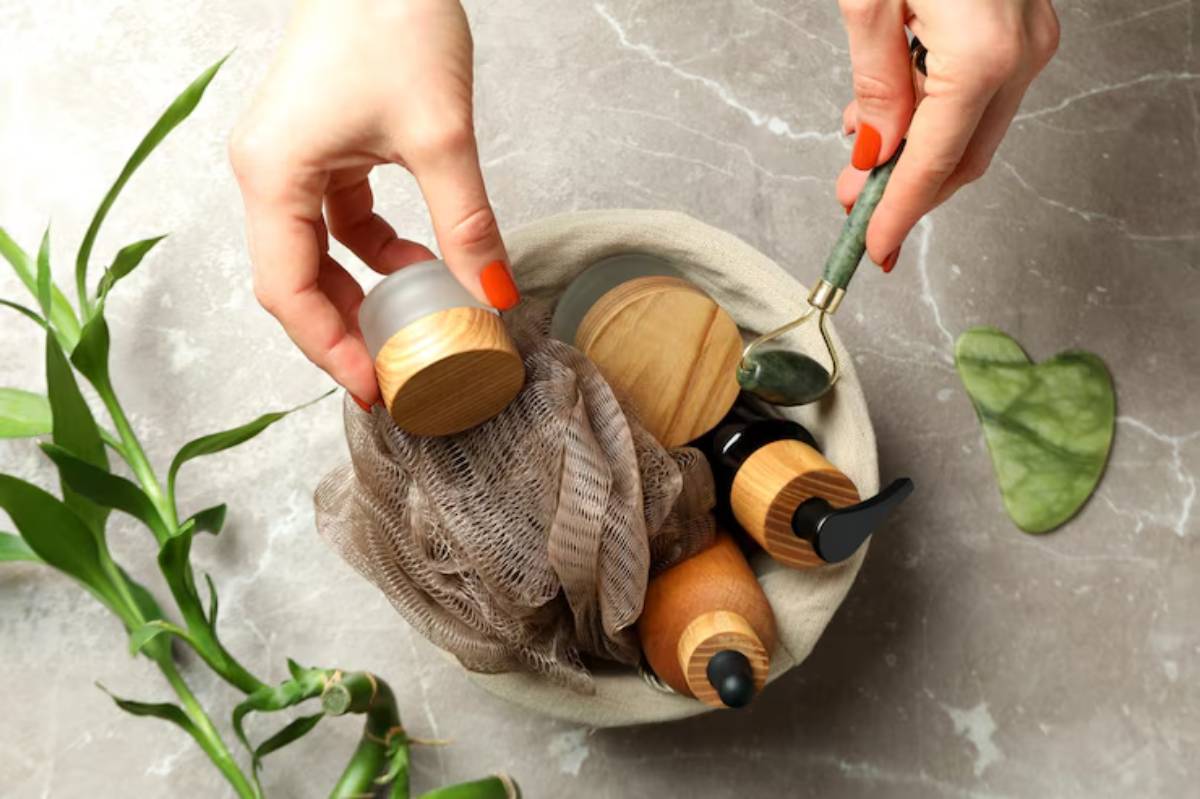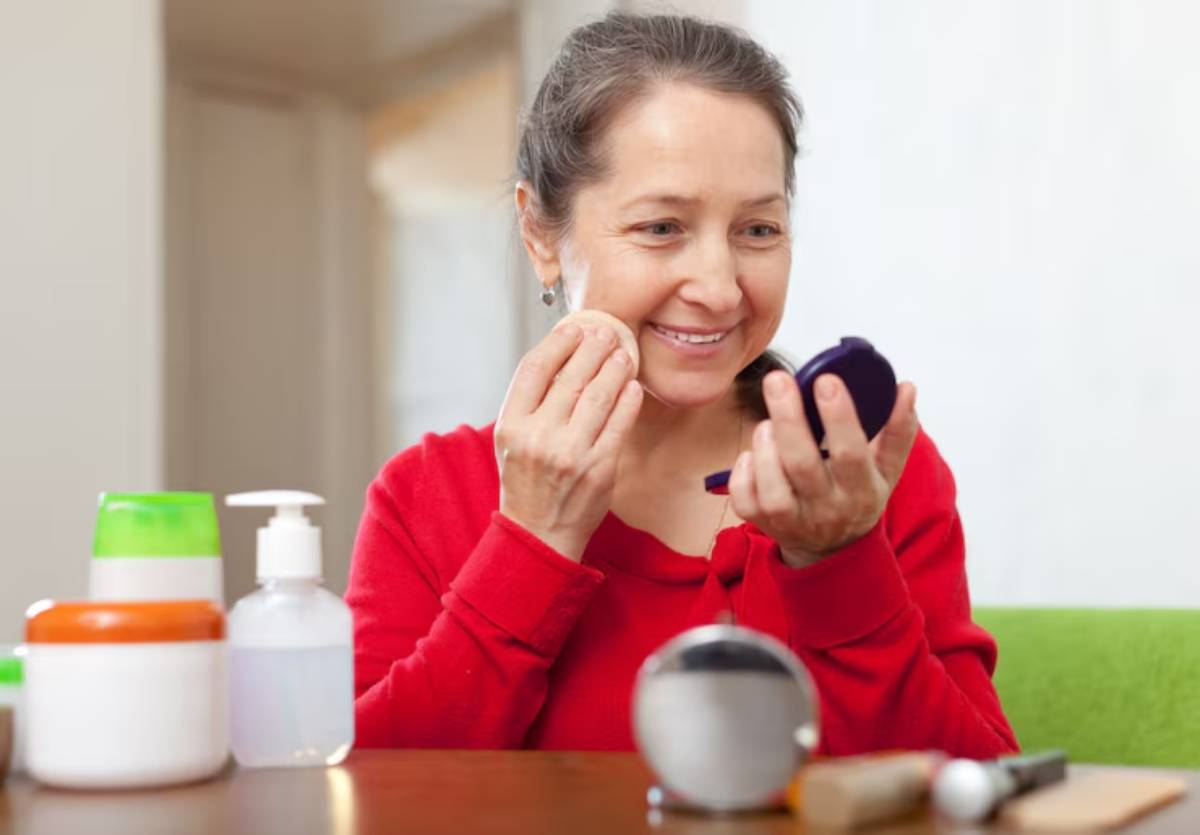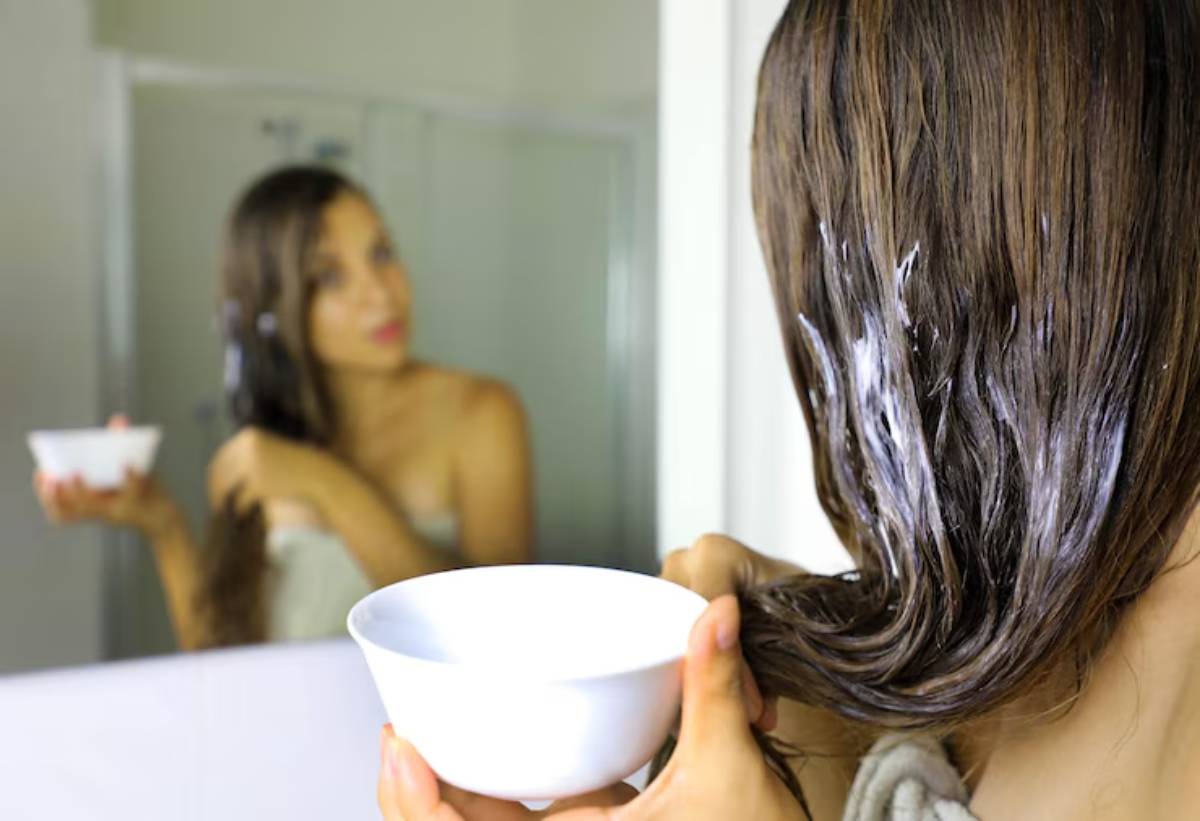
Easy Homemade Hair Masks for Damaged Hair
When was the last time you saw half your hair in a week sitting in your hairbrush? Or perhaps your hair, once glossy, now looks like a haystack? You’re not alone. Add to that heat styling, colouring, pollution and stress, and our hair goes through a lot. But here’s the great news: You don’t have to drop a ton of cash on salon treatments to bring your strands back to life.
Introducing DIY hair masks ― easy, inexpensive solutions that will help you get your hair in tip-top shape and can be made in the comfort of your own kitchen. Not just saving money, but controlling what is going on your scalp and hair is the benefit of these homemade hair care recipes. Ready to change your hair? Let’s get into the world of budget hair repair.
The Benefits of DIY Hair Masks
Before we delve into recipes, it’s essential to understand why DIY hair masks are a game-changer:
- Cost-Effective: Most ingredients are already in your pantry.
- Natural Ingredients: No hidden chemicals or preservatives.
- Customisable: Tailor recipes to suit your hair type and needs.
- Immediate Results: Notice softer, shinier hair after just one use.
According to Beauty Glimpse, hair masks help in healing damaged hair by hydrating and softening it. They also combat scalp infections, reduce frizz, and make hair more manageable.
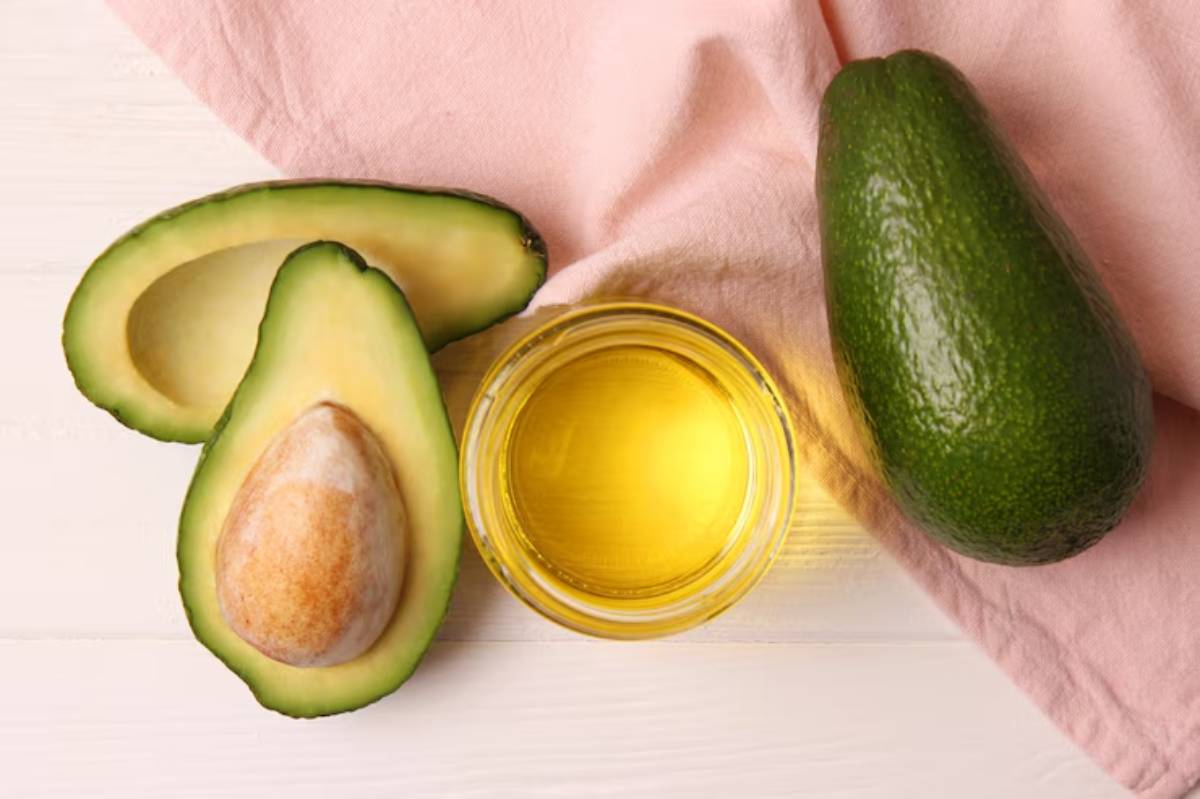
Essential Ingredients for Homemade Hair Masks
Creating effective DIY hair masks requires understanding the ingredients that benefit your hair:
- Avocado: Rich in healthy fats, vitamins E and B, and proteins, avocado helps nourish and repair dry or damaged hair.
- Honey: A natural humectant that locks in moisture.
- Eggs: Packed with protein to strengthen hair strands.
- Yoghurt: It contains lactic acid that cleanses the scalp and proteins that nourish hair.
- Coconut Oil: Penetrates hair shafts to provide deep conditioning.
- Olive Oil: Adds shine and softness.
- Banana: High in potassium and vitamins, it helps strengthen hair and prevent breakage.
Top 5 DIY Hair Masks for Damaged Hair
1. Avocado and Olive Oil Mask
Ingredients:
- 1 ripe avocado
- 2 tablespoons of olive oil
Instructions:
- Mash the avocado until smooth.
- Mix in olive oil to form a paste.
- Apply to damp hair, focusing on the ends.
- Leave on for 30 minutes, then rinse with lukewarm water.
Benefits: Avocado’s minerals seal the cuticle, while olive oil adds shine and softness.
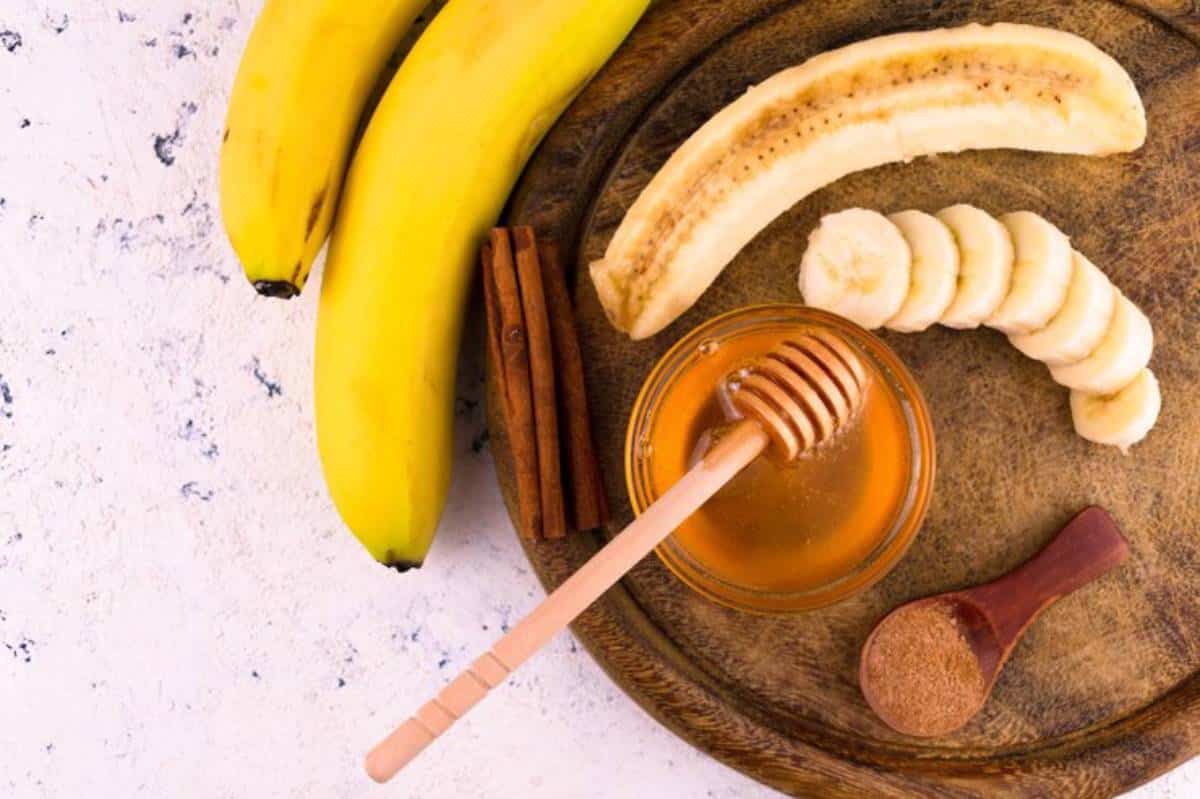
2. Banana and Honey Mask
Ingredients:
- 1 ripe banana
- 1 tablespoon of honey
Instructions:
- Blend banana and honey until smooth.
- Apply to hair and scalp.
- Leave for 20 minutes, then rinse thoroughly.
Benefits: Banana hydrates and moisturizes dull, damaged, dry hair, as it’s rich in vitamins and minerals.
3. Egg and Yoghurt Mask
Ingredients:
- 1 egg
- 2 tablespoons of plain yoghurt
Instructions:
- Whisk the egg and mix with the yoghurt.
- Apply to hair, covering from roots to tips.
- Leave for 30 minutes, then wash with a mild shampoo.
Benefits: Eggs are loaded with protein, which helps repair damaged hair and strengthen strands. Yoghurt adds moisture, and coconut oil seals in hydration while taming frizz.
4. Coconut Oil and Honey Mask
Ingredients:
- 2 tablespoons of coconut oil
- 1 tablespoon of honey
Instructions:
- Mix coconut oil and honey until well combined.
- Apply to hair, focusing on damaged areas.
- Leave for 20 minutes, then rinse with warm water.
Benefits: Coconut oil’s fatty acids penetrate the hair shaft, providing deep conditioning, while honey locks in moisture.
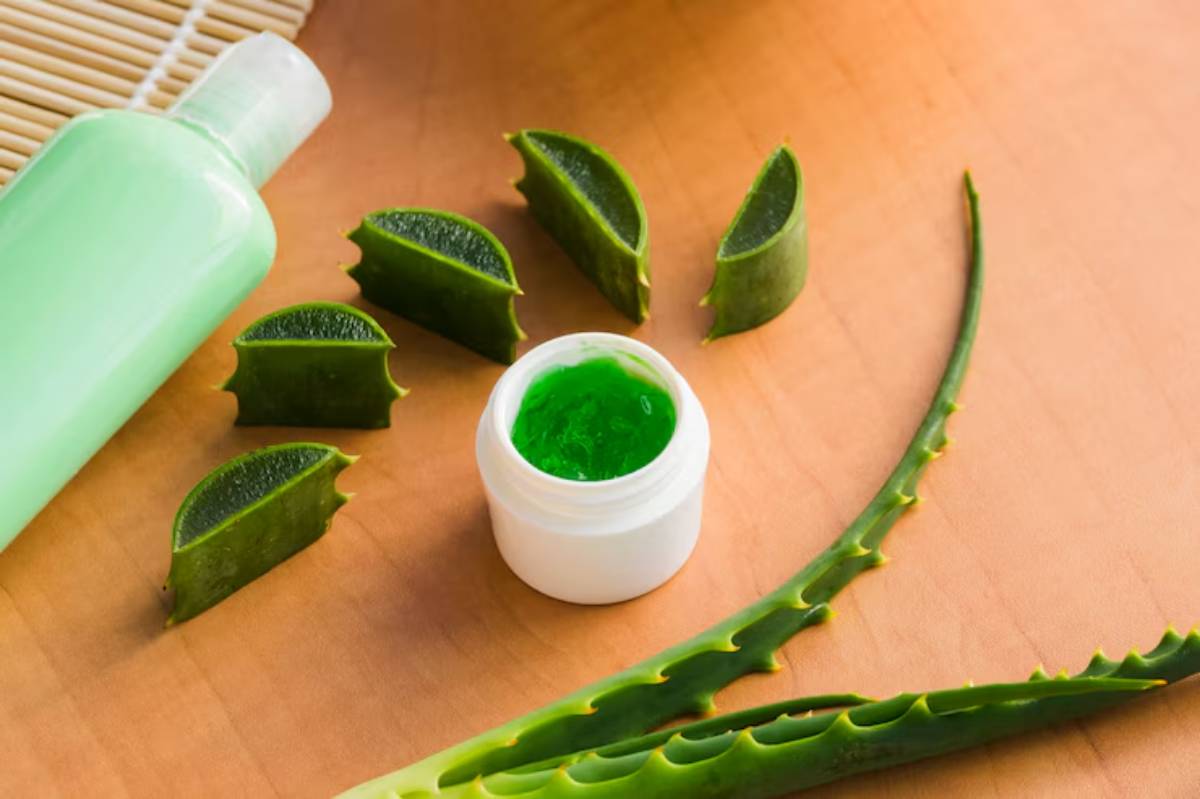
5. Aloe Vera and Castor Oil Mask
Ingredients:
- 2 tablespoons of aloe vera gel
- 1 tablespoon of castor oil
Instructions:
- Combine aloe vera gel and castor oil.
- Apply to scalp and hair.
- Leave for 30 minutes, then wash with a gentle shampoo.
Benefits: Aloe vera soothes the scalp and conditions hair, while castor oil promotes hair growth and adds shine.
Application Tips for Maximum Benefits
- Clean Hair: Apply masks to clean, damp hair for better absorption.
- Even Distribution: Use a wide-tooth comb to spread the mask evenly.
- Heat: Cover hair with a shower cap and wrap a warm towel around your head to enhance penetration.
- Rinse Thoroughly: Ensure all residues are washed out to prevent buildup.
According to Stylecraze, prepping your hair by washing and towel-drying ensures optimal benefits from the mask.
How Often Should You Use Hair Masks?
- Severely Damaged Hair: 2 times a week.
- Moderately Damaged Hair: Once a week.
- Maintenance: Once every two weeks.
Consistency is key. Regular use of these masks can lead to noticeable improvements in hair texture and health.
Conclusion: Embrace Natural Hair Care
Reviving damaged hair doesn’t require expensive salon treatments. With these DIY hair masks, you can nourish and restore your hair using natural, affordable ingredients. Not only do these masks provide immediate results, but they also promote long-term hair health.
Remember, the journey to luscious locks begins with the choices you make today. So, why not start with a homemade hair mask?
